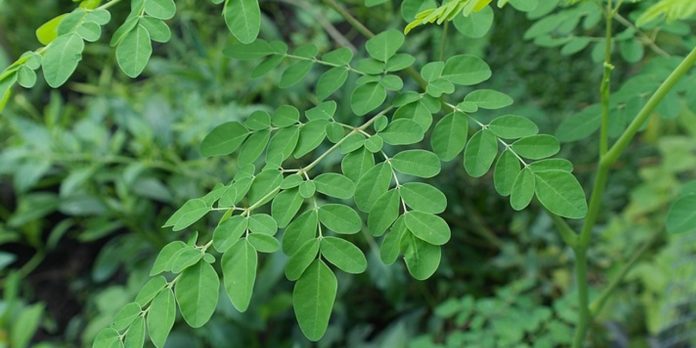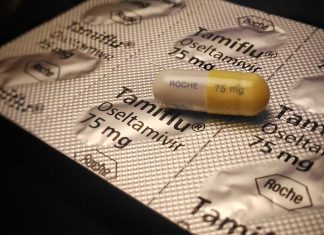
Malunggay or Moringa Oleifera – Nature’s Best Gift to the World!
There is a plant that is commonly seen growing in backyards and sometimes, wild in wide, open spaces in the Philippines. Commonly known as “malunggay”, this lowly, commonly seen plant that grows sometimes 5-7 feet tall has small leaves that are harvested and used as a vegetable accompaniment for our favorite “tinola” (clear soup with chicken) dish.
Touted as a “Miracle Plant” in the US in 2008 by the National Institute of Health (NIH), this amazing plant is called by its globally known name of “Moringa” (moringa oleifera). Once you know more and understand what this plant is all about, you will never want to eat any other plant any more than the lowly malunggay.
Although popularly used as a natural leaf powder herbal supplement in Western, first world countries, malunggay is better known in the Philippines as a vegetable eaten as a main viand for most dishes. But, what a lot of people don’t know – and a growing crop of scientific researchers know – is that almost all of the malunggay plant’s parts can be used for both food and medicinal use.
Malunggay is a great source of Vitamin A, Vitamin C, Protein, Calcium, and Potassium. Citing from an Indian study, malunggay is equivalent to –
 * 7 times the Vitamin C of Oranges
* 7 times the Vitamin C of Oranges
* 4 times the Vitamin A of Carrots
* 4 times the Calcium of Milk
* 3 times the Potassium of Bananas
* 2 times the Protein of Yogurt
http://drfarrah.online/wp-content/uploads/2017/10/table22.jpg
Source: Nutritive Value of Indian Foods, by C. Gopalan, et al. Nutrition information from different sources may vary.
Health Benefits Provided by Malunggay
Based on numerous scientific studies and tests about malungay’s benefits to health and the plant’s established healing attributes, here are some of the diseases that are addressed by the lowly malunggay:
- Heart problems
- Cancer
- Hypertension and high blood pressure
- Anemia
- Inflammation-related diseases such as Arthritis, Rheumatism and other joint pains
- Diabetes
- Kidney stones
- Viral, fungal, bacterial, and parasitic infections
- Allergies and asthma
- Constipation, stomach pains and diarrhea
- Thyroid disorders
- Epilepsy
- Stomach and intestinal ulcers
- Chronic headaches
Thus, Let us discuss some of the health benefits of malungay or moringa.
Very nutritious as source of 7 major vitamins and minerals
One cup of freshly chopped leaves equivalent to 21 grams contain the following nutrients:
- Protein: 2 grams
- Iron: 11% of the RDA
- Vitamin A (from beta-carotene): 9% of the RDA (Recommended Daily Allowance)
- Vitamin B6: 19% of the RDA
- Riboflavin (B2): 11% of the RDA
- Vitamin C: 12% of the RDA
- Magnesium: 8% of the RDA
Source:
National Nutrient Database for Standard Reference Release 28: Moringa leaves (21 grams)
https://www.academia.edu/18024032/Nutrient_content_of_moringa_oleifera_leaves?auto=download
It contains antioxidants which fight free radicals in the body.
A perfect source of polyphenols, flavonoids, antioxidants, and ascorbic acid is from malungay flowers, seeds and leaves. In addition, a study discovered that its leaves gives more protecton against lipids, proteins and DNA oxidation that its seeds and flowers. Malunggay or Moringa Oleifera – Nature’s Best Gift to the World!
In other words, malunggay offers higher protection against free radicals.
It provides protection against inflammation
Malunggay suppresses inflammatory enzymes and proteins in the body. Hence, bodily inflammation can sometimes lead to chronic diseases like cardiovascular disease, arthritis, respiratory problems, diabetes, and obesity. Well, malunggay can contribute greatly to lower inflammation in the cells.
It maintains a healthy brain
All those antioxidant and neuro-enhancing properties make malungay an excellent protector for brain health, cognitive function and treatment for Alzheimer’s Disease.
Do you have any personal experience with using Malunggay or Moringa? Share your experience in the comments below!
Image by Iskandar63 / CC BY 2.0











